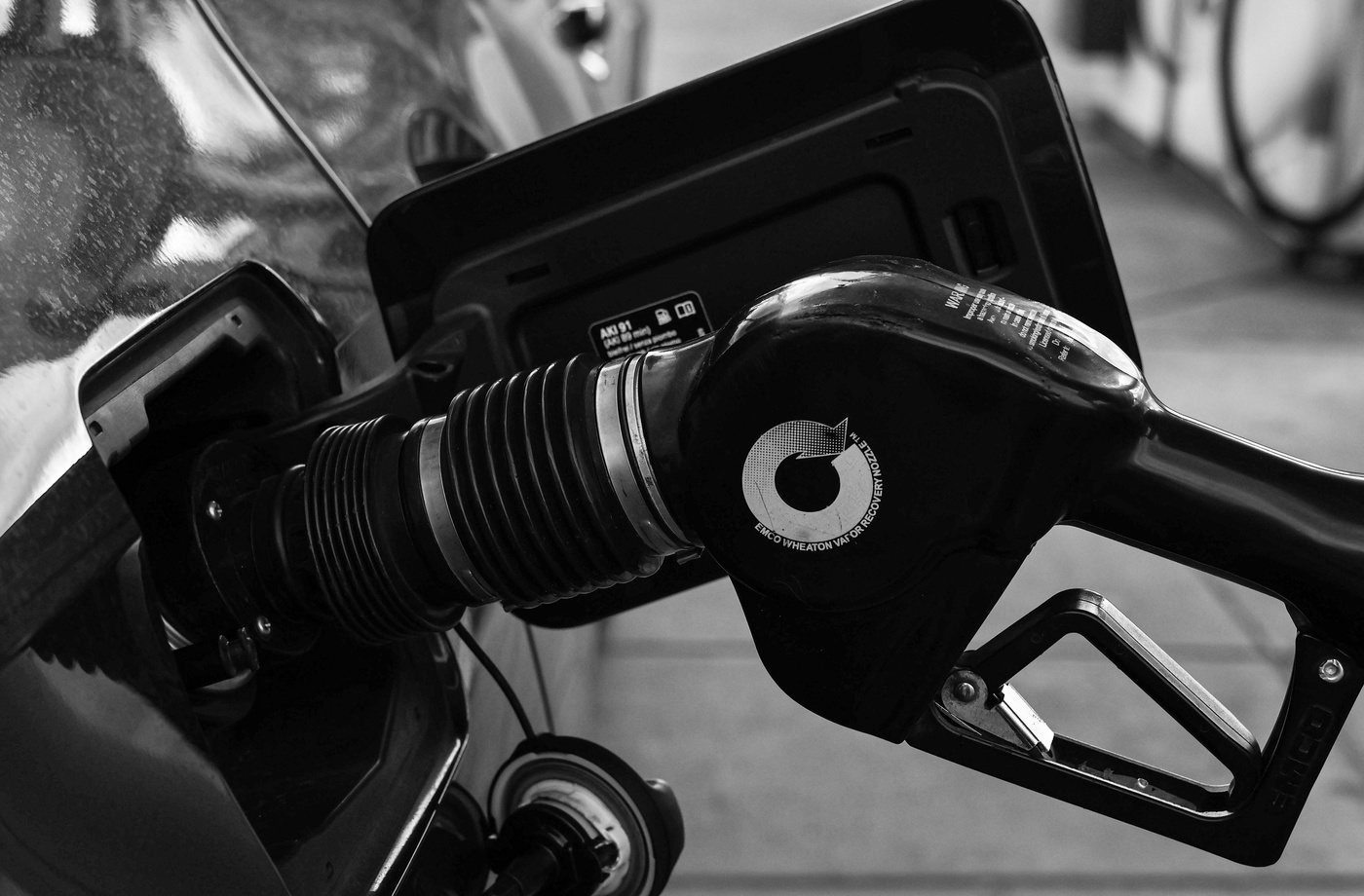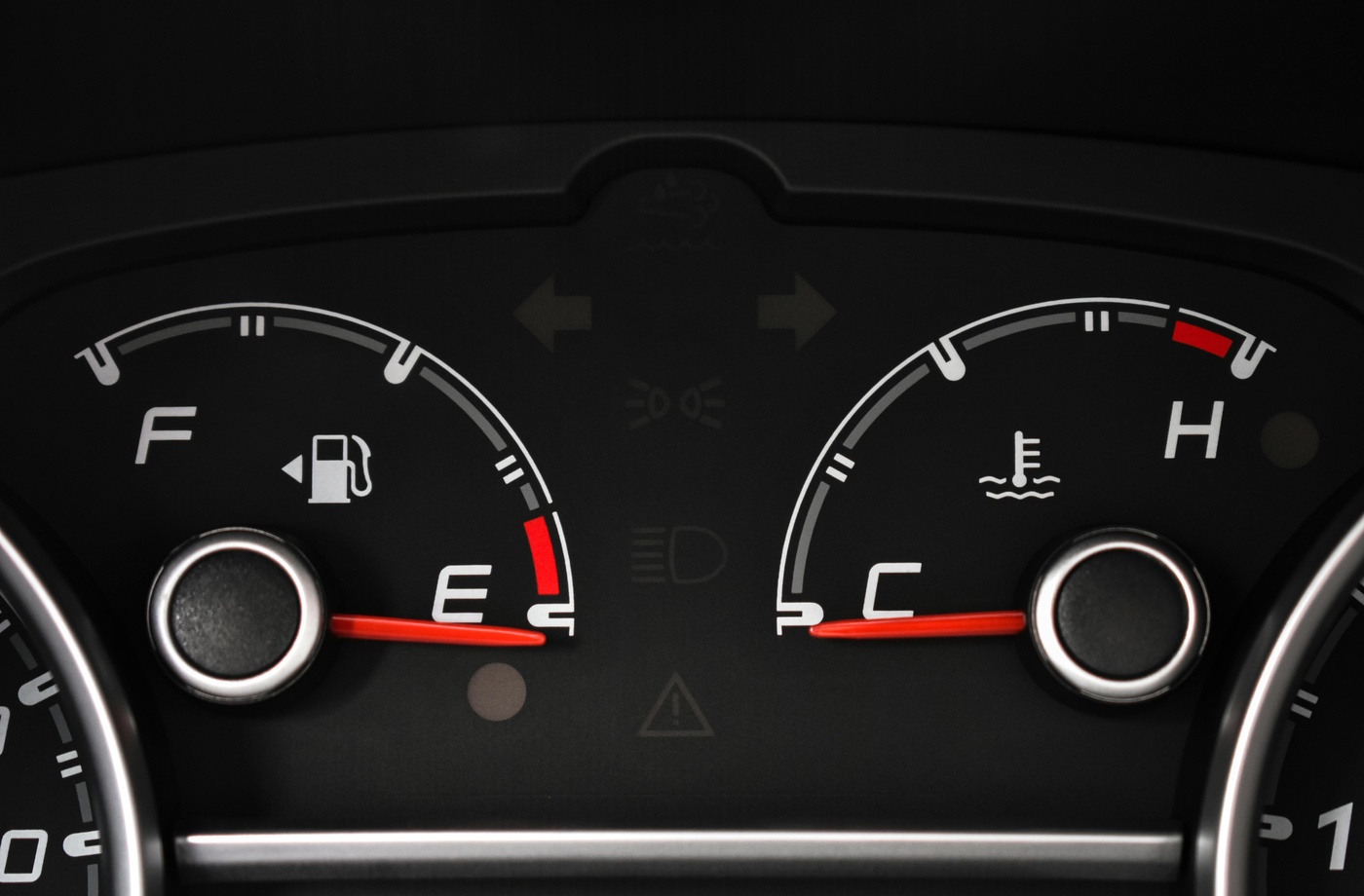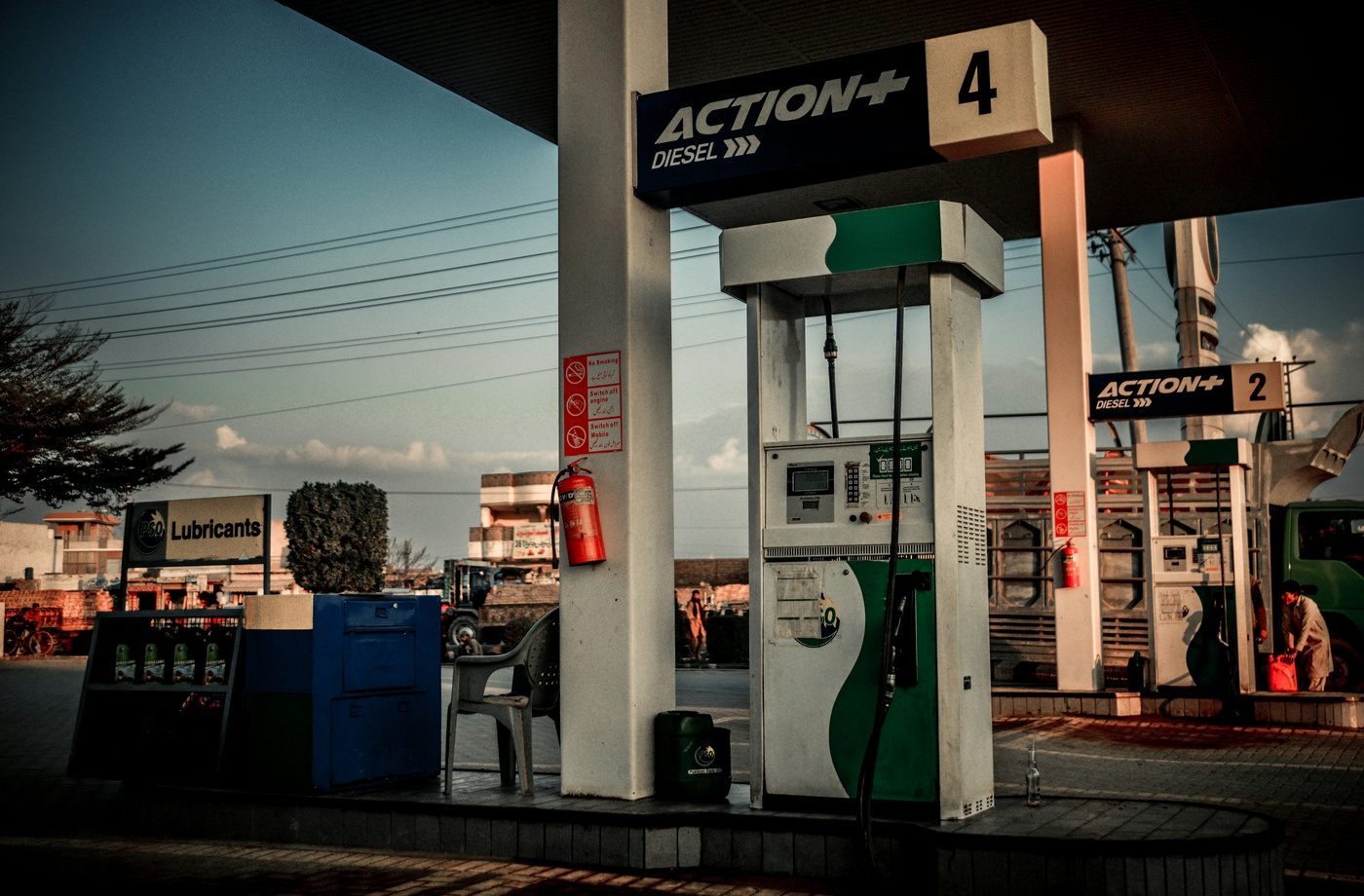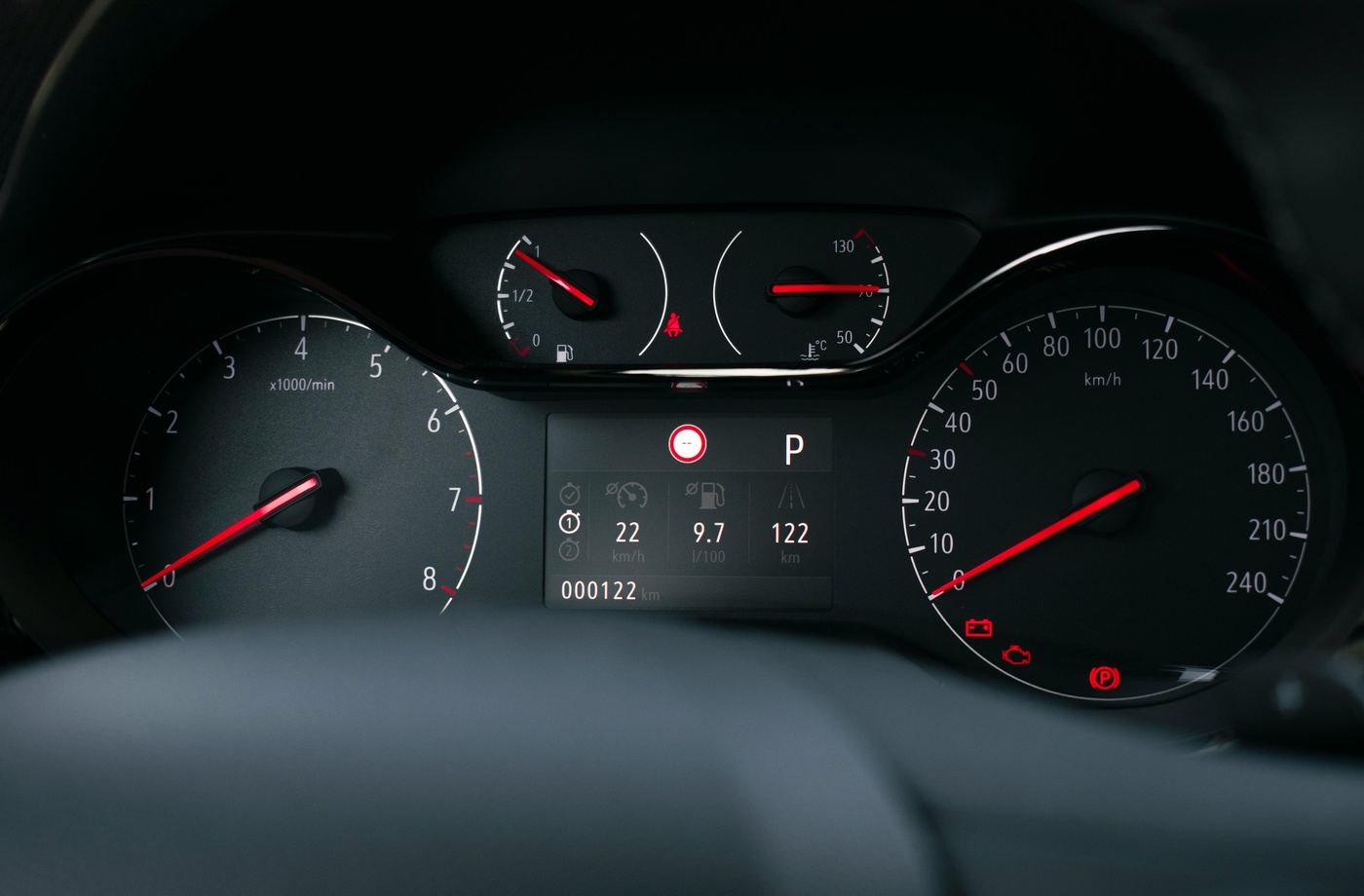One evening you fill up at $3.59 per gallon. The next morning, it’s $3.89. No warning, no explanation—just a sudden hit to your wallet. These overnight gas price jumps are frustratingly common, but they’re not random. Understanding why they happen and how to avoid overpaying can help you take control of your fuel costs, especially when prices are volatile.
Why Do Gas Prices Spike Overnight?
Several factors contribute to rapid price increases at the pump, particularly during off-hours:
- Wholesale Market Reactions
Gas stations purchase fuel based on wholesale prices, which can fluctuate daily due to global oil markets, supply concerns, or economic events. When oil prices rise suddenly—due to a refinery outage, geopolitical tension, or OPEC decisions—stations may adjust prices almost immediately.
Check daily wholesale price trends at the U.S. Energy Information Administration (EIA).
- Anticipated Demand Surges
Fuel retailers often raise prices in anticipation of high-traffic periods, like weekends or holidays. A spike on Thursday or Friday isn’t a surprise—stations are pricing in expected demand before it hits.
- Local Competition
Gas stations monitor each other’s prices. If one raises their rates due to wholesale changes or supply costs, neighboring stations often follow overnight to maintain margins.
- Time-of-Day Adjustments
Many stations update their prices in the early morning (between 2 a.m. and 6 a.m.), when demand is low. That means the price you saw at night may be gone by your morning commute.
How To Avoid Overpaying For Gas
While you can’t control fuel prices, you can control when, where, and how you fill up. Here are proven strategies to avoid getting caught in a price spike:
- Fill Up Early In The Week
According to GasBuddy, Mondays and Tuesdays typically offer the lowest prices, while Thursdays and weekends trend higher. Plan your refueling at the start of the week to lock in better rates. - Use Real-Time Price Apps
Apps like GasBuddy, Waze, and AAA Gas Prices show live pricing updates, so you can see where prices are rising and choose stations accordingly. - Join Fuel Rewards Programs
Station loyalty programs offer cents-off-per-gallon discounts that are applied regardless of price volatility. Examples include:
- Use Gift Cards to Lock In Discounts
Cashback apps like Fluz let you buy digital gas gift cards for the exact amount of your purchase—right before you fill up. This lets you avoid overpaying and earn cashback on top of your rewards program.
You can:
- Earn cashback with a Shell virtual card
- Get rewards with a BP virtual card
- Earn cashback with a Chevron virtual card
When prices rise overnight, using a digital gift card can soften the blow by returning part of your spend instantly.
- Watch for Holiday Spikes and Fill Up Early
Prices almost always rise before long weekends and travel-heavy holidays. Fill up 2–3 days in advance to avoid surge pricing. Fuel retailers raise prices before traffic increases, not after.
Final Thoughts
Overnight gas price jumps may be out of your control, but your reaction doesn’t have to be. By understanding what drives these changes and combining tools like price-tracking apps, rewards programs, and cashback gift cards, you can insulate yourself from paying more than necessary.
If you’re ready to fight back against fuel inflation, download Fluz and start saving every time prices climb.



